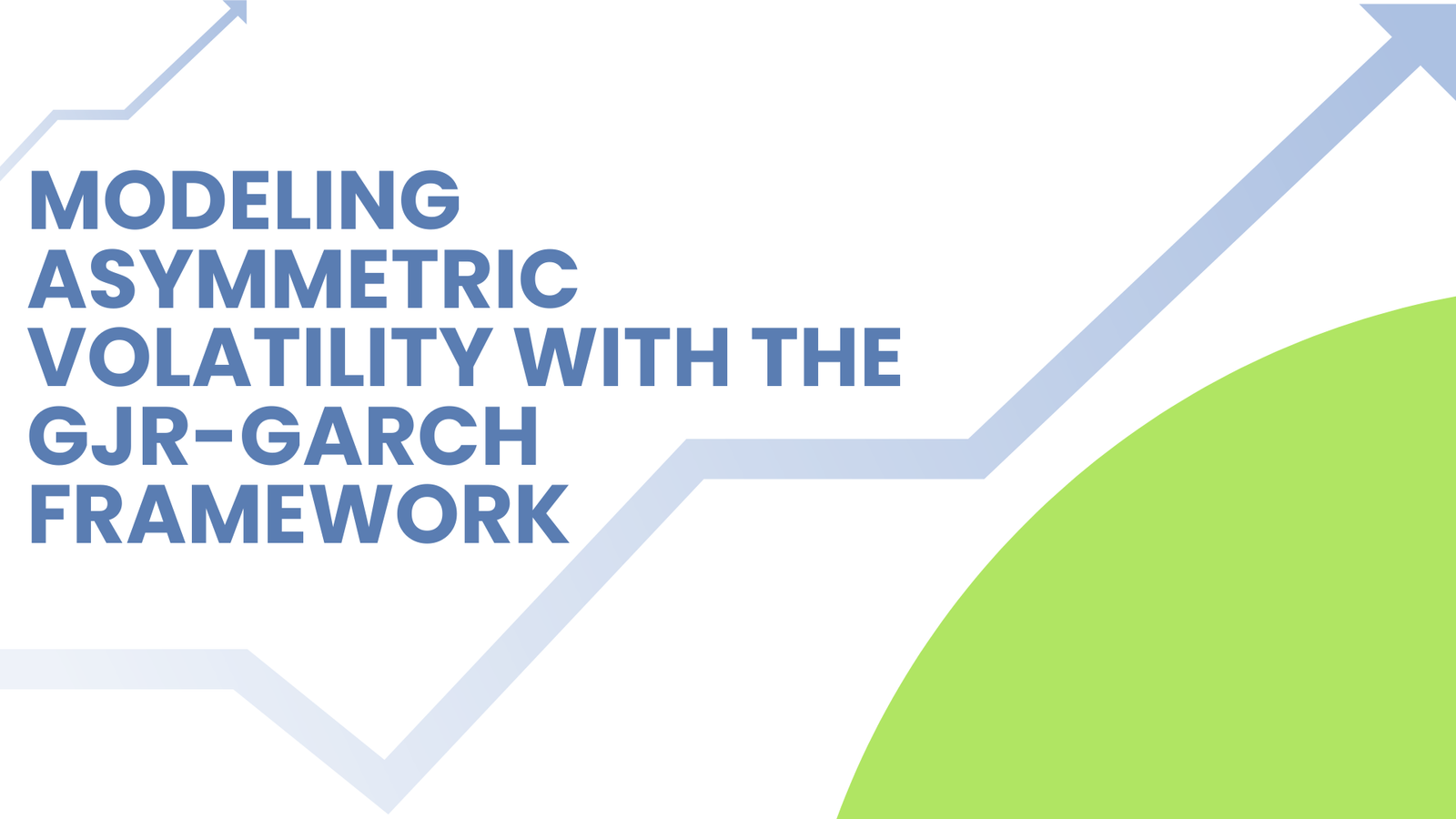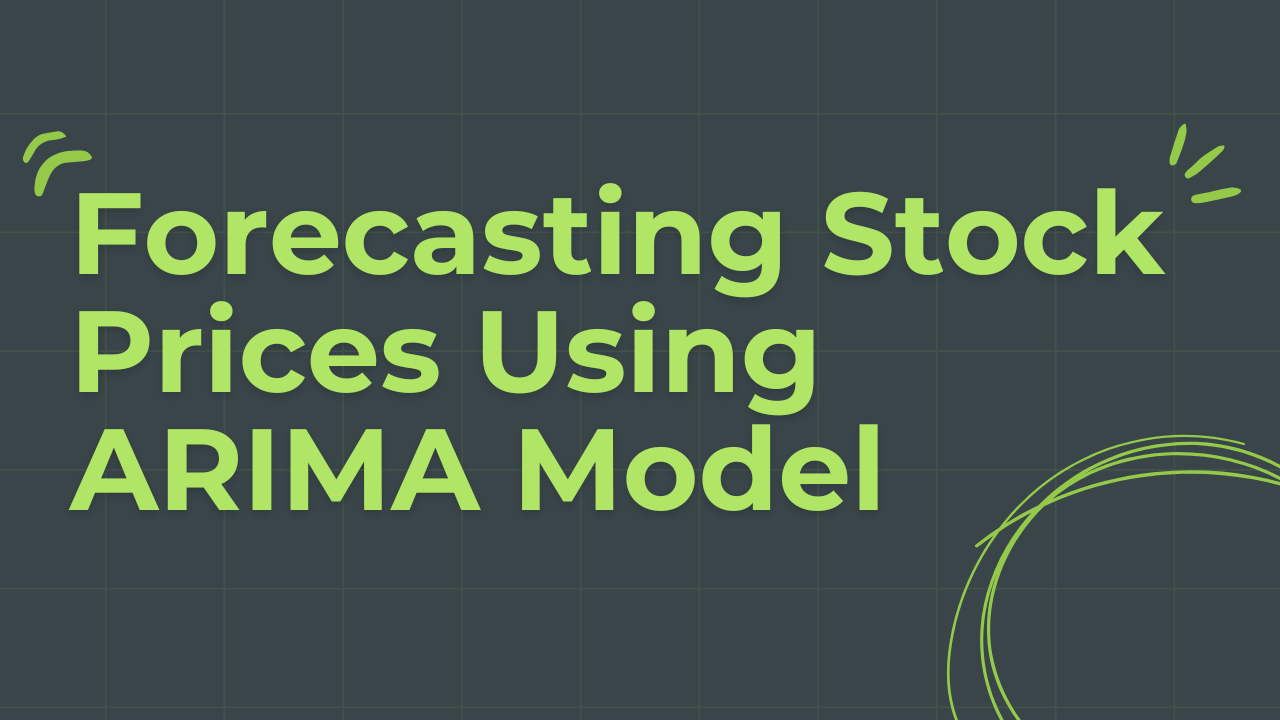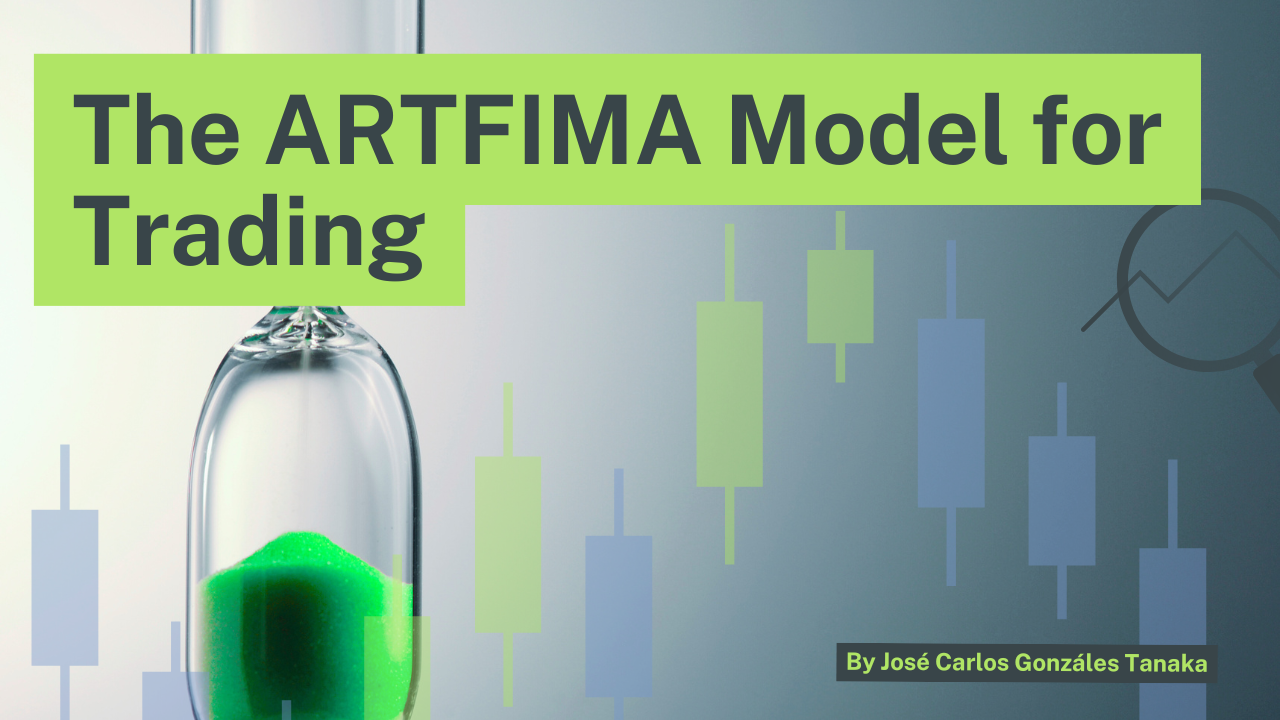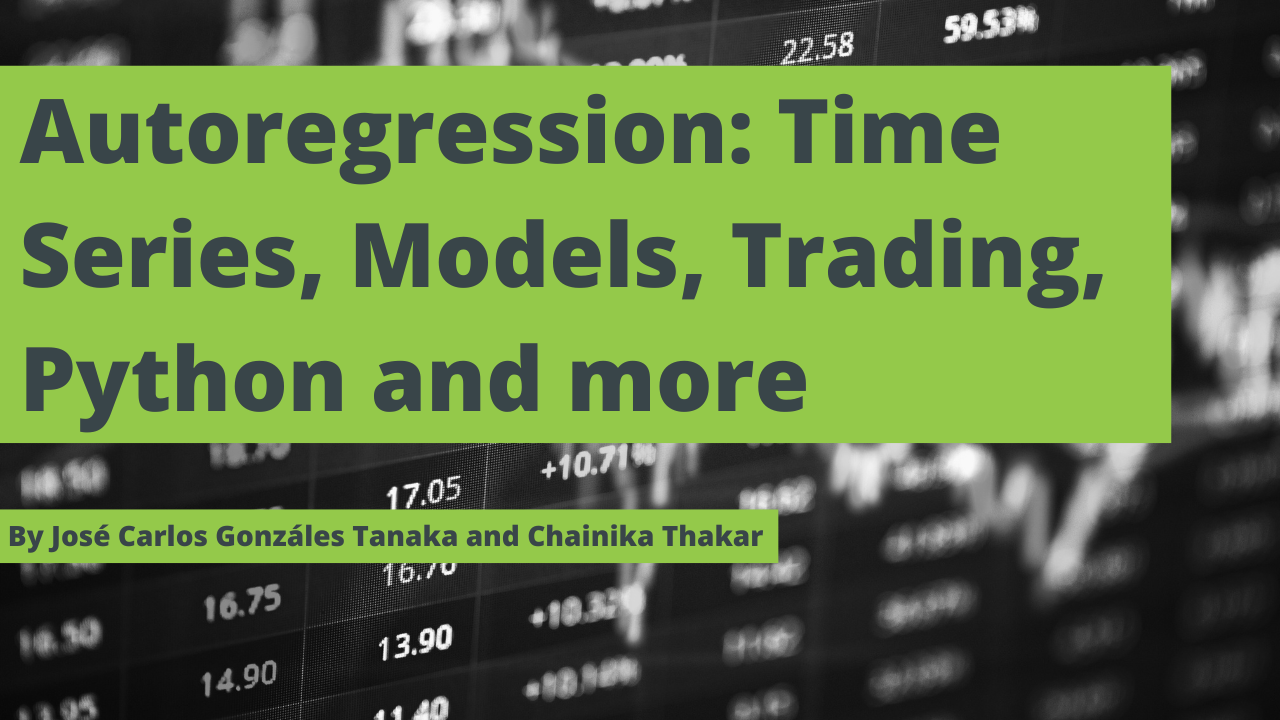GARCH vs. GJR-GARCH Models in Python for Volatility Forecasting
By Manusha Rao You may have noticed that markets sometimes remain calm for weeks and then swing wildly for a few days. That’s volatility in action. It measures how much prices move—and it’s a big deal in trading and investing because it reflects risk. But here’s the catch: estimating volatility isn’t straightforward. A 2% drop … Read more




